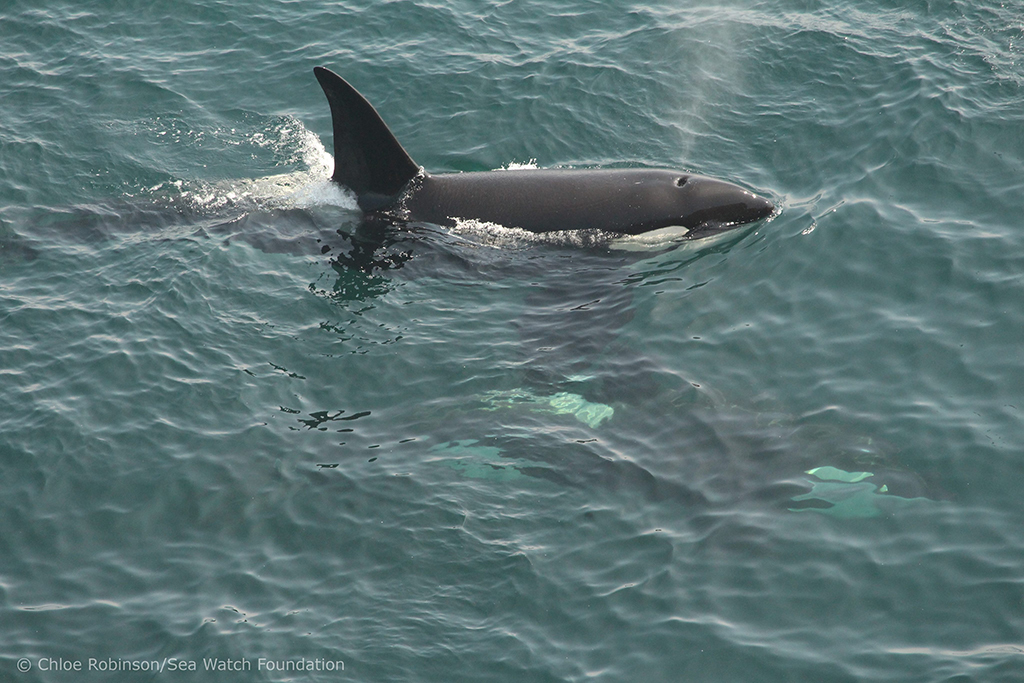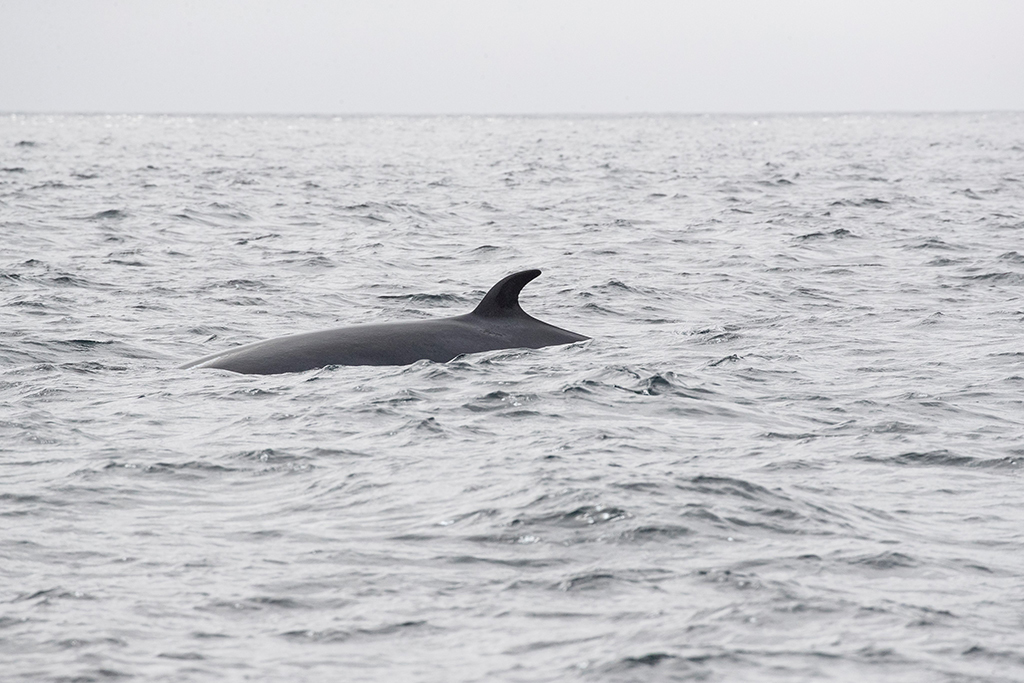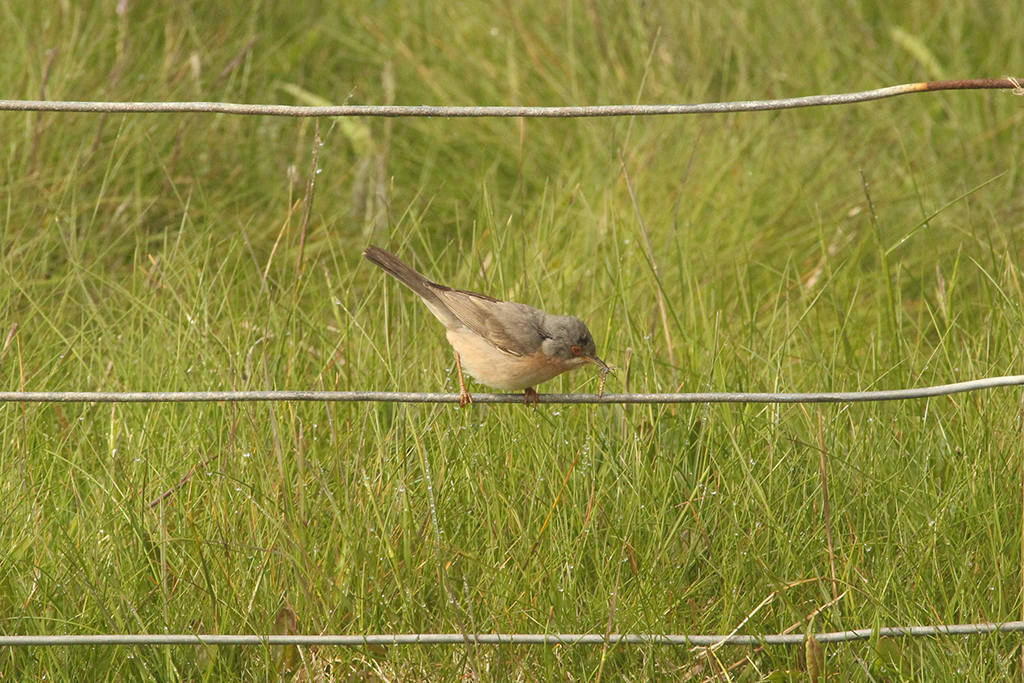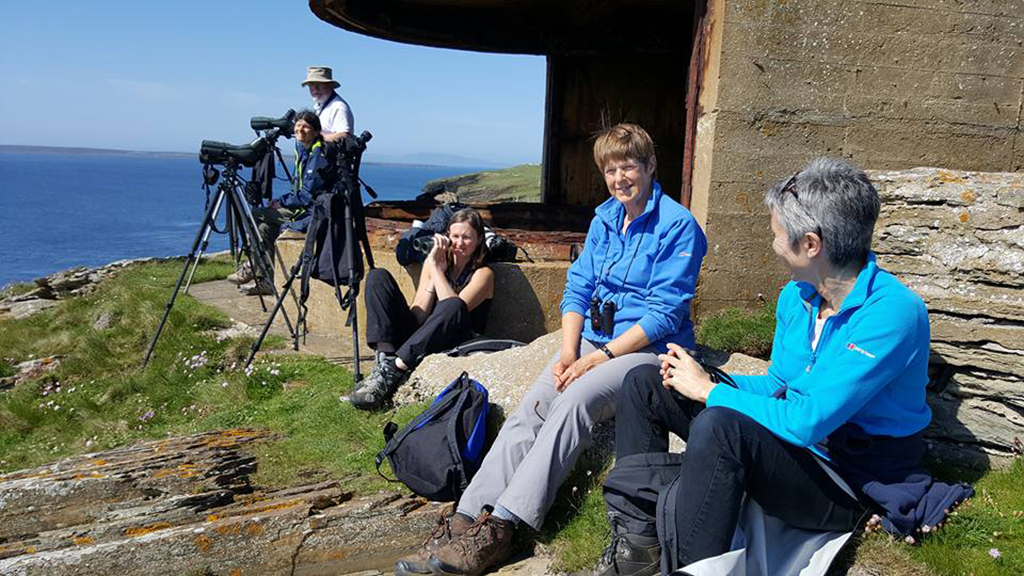
They had a whale of a time spotting Scottish sealife
The 2018 Orca Watch event in Caithness, around the Orkney and Shetland Isles was full of fantastic sealife sightings.
The Sea Watch Foundation, in collaboration with their regional co-ordinator Colin Bird, have been organising an annual national recording event, the Orca Watch for the past seven years. Cetaceans is the collective name for all whales, dolphins and porpoises.
The idea of organizing this event originated from the possibility of underwater turbines installed in the Pentland Firth, which initiated the first seasonal watch to gather information on how killer whales use this area and what might be the consequences of such an installation.
This week-long event saw hundreds of whale enthusiast volunteers scanning the sea of the Pentland Firth to try catch a glimpse of orcas, and any other cetacean species passing by.
Orca Watch was created to increase public awareness of how and when orcas utilise waters of the Pentland Firth during the summer months. This event also draws attention to the need for conservation, protection and continued research into the status, distribution, and abundance of this iconic whale species around the UK.

Orcas sighted at Duncansby Head (Photo: Chloe Robinson/Sea Watch Foundation)
The team of Sea Watch Foundation lead organisers did a great job with getting people involved, chalking up over 10 hours of effort data collected each day, totalling over 100 hours for the week.
Observers co-ordinated by lead organisers Anna Jemmett, Chloe Robinson and Steve Truluck, were stationed at Duncansby Head, the main view point.
They looked out not only for orcas but also other cetacean species, as well as making sightings onboard the John O’Groats ferry connecting the Caithness mainland with Orkney, and onboard North 58 Sea Adventures offering tours of the Moray Firth coastline and its abundant wildlife.
This impressive effort resulted in sightings of orcas, minke whales, Risso’s dolphins and harbour porpoises. Orcas were spotted when three males and a suspected female (based on dorsal fin shape and width) appeared about a quarter of a mile north of Duncansby Head.
Risso’s dolphins were also sighted surfacing and leaping amongst the orcas the same day, the dolphins having previously been sighted, breaching and tail slapping in John O’Groats harbour. Orcas were then sighted and photographed two other times onboard the John O’Groats ferry boat in two pods of four and five individuals respectively.

Minke whale photographed off Noss, Shetland (Photo: Hugh Harrop/Shetland Wildlife)
For the bird aficionados, spoonbill, subalpine warbler, fulmar, guillemot, puffin and gannet were also recorded in the Caithness area at the same time.
Anna Jemmett said: ‘For me, the highlights were watching a pod of Risso’s dolphins breaching in John O Groats bay and seeing a spoonbill fly overhead, a very unusual sight for Caithness.’
Steve Truluck added: ‘Once again it was a phenomenal week. A chance to be around like-minded orcaholics and share the exhilaration of seeing this iconic species on home soil.’
Chloe Robinson agreed: ‘What really struck me during the week – besides of course seeing killer whales less than 100m below me from the cliff and from the ferry – was the sheer passion and determination of the public, most of which stuck out long watches in abysmal weather and rallied around one another to keep spirits high and bellies full of hot tea and coffee.’
More watches were also conducted in Orkney where lead organiser, Steve Sankey, an experienced local wildlife guide and cetacean spotter, was stationed at Hoxa Head on South Ronaldsay with four telescopes. A total of 25 volunteers joined him at that location and looked out for cetacean species with him although no animal was sighted that day. The following marine seabird species were sighted: black guillemots, kittiwakes, arctic terns, great skuas, guillemots and razorbills.

A subalpine warbler (Photo: Chloe Robinson/Sea Watch Foundation)
Steve said: ‘We had a lovely afternoon watching the antics and fly-pasts of our seabirds, so I’m sure that people weren’t disappointed. I always say that you don’t see orcas, they come to see you – so next time.’
In Orkney, orcas were first sighted from Westray ferry. The following day, a pod of five orcas was sighted around 4.30pm on the east side of the Orkney Mainland at the Brough of Deerness by Neil and Deborah Kermode, who were out for a walk with a visitor in the area. Harbour porpoises were sighted near Copinsay, and Risso’s dolphins off Evie and Yesnaby.
In Shetland, Karen Hall, lead organiser and regional co-ordinator for Shetland, started with a full day of survey at Sumburgh Head, followed by watches organized at Hillwick, Mousa Sound, Noss Sound, Eshaness, Nesting and Fair Isle. Forty people attended the event and watched at the sites: killer whales were spotted off Fetlar, a small pod of five-six porpoises – called Neesick by locals, were sighted off Mousa Sound. Risso’s dolphins were seen off Olnafirth, and a close encounter with a minke whale was reported off Noss by the Shetland Wildlife group aboard Seabirds-and-Seals MV Seabird, and another one off Nesting Bay.
Karen said: ‘Despite extensive fog, the last weekend is one that will go down as the best one we have ever had with minke whales, Risso’s dolphins, porpoises, basking shark, a bearded seal and a walrus sighted in Shetland. What a great end to Orca Watch 2018, and a great start to the summer season.’

Orca Watchers at Hoxa Head, South Ronaldsay, Orkney (Photo: Steve Sankey/Orcadian Wildlife)
Orca Watch has also enabled researchers like Marie Mrusczok, founder and president of Orca Guardians, an independent conservation non-profit dedicated to the protection of orcas in Iceland, to help unravel the mystery behind the movement of orcas between Iceland and Scotland, and understand more about their behavioural ecology, distribution, and migration patterns.
Sea Watch Foundation organised an evening of whale talks at the Pultney Peoples Centre in Wick, Caithness, where Marie provided valuable insight into the seasonal movements of orcas between Iceland and Scotland.
Dr Chiara Bertulli, Sea Watch Foundation’s sightings officer, concluded: ‘The Orca Watch week brought together people from all over the country and showed them that vital data for the protection and conservation of orcas and other cetacean species are easy to collect and anyone can help out.
‘Sightings data collected at all watches around Scotland, the Orkney and Shetland Isles can really help us to improve our knowledge of numbers and conservation status of orcas.
‘This event, in conjunction with distribution and abundance surveys, will contribute towards the knowledge base for researchers, the local communities, and dolphin watching operators in the area, and in evaluating the effectiveness of existing management actions.’
TAGS

